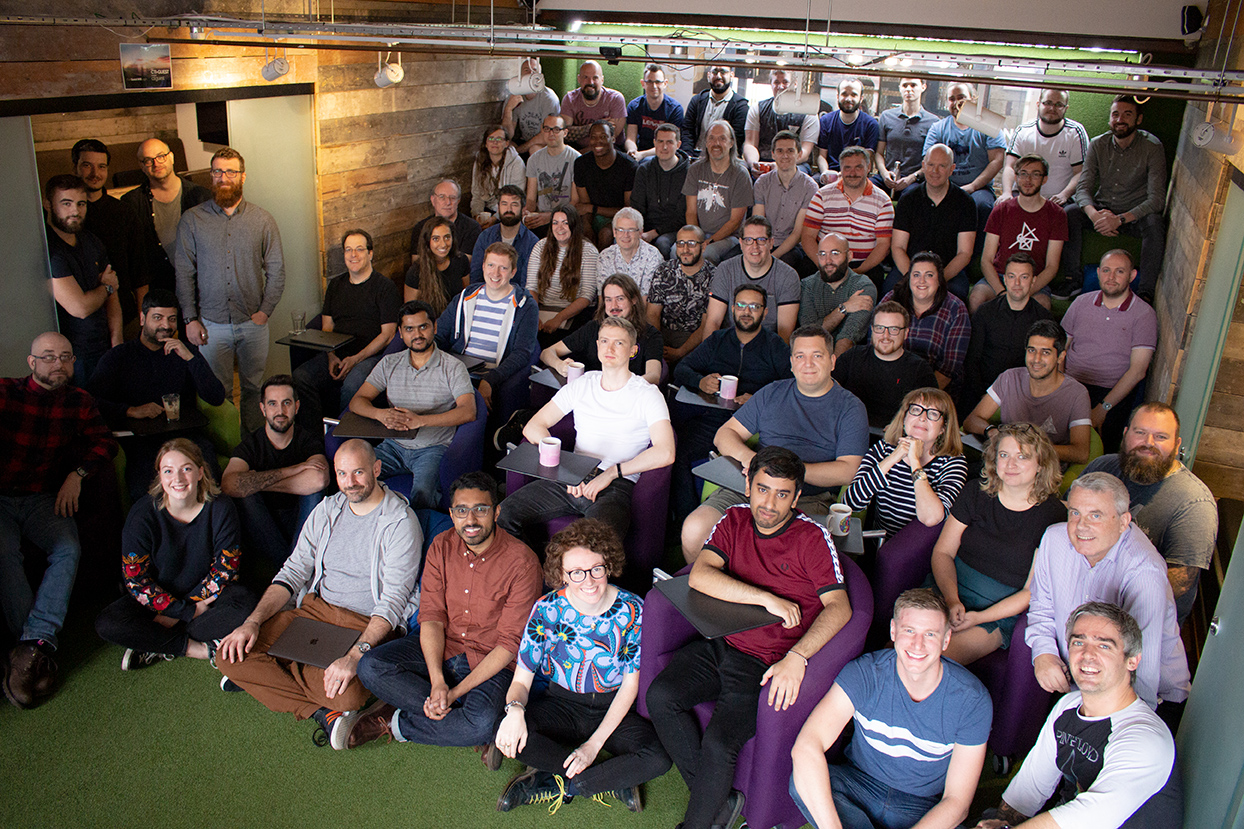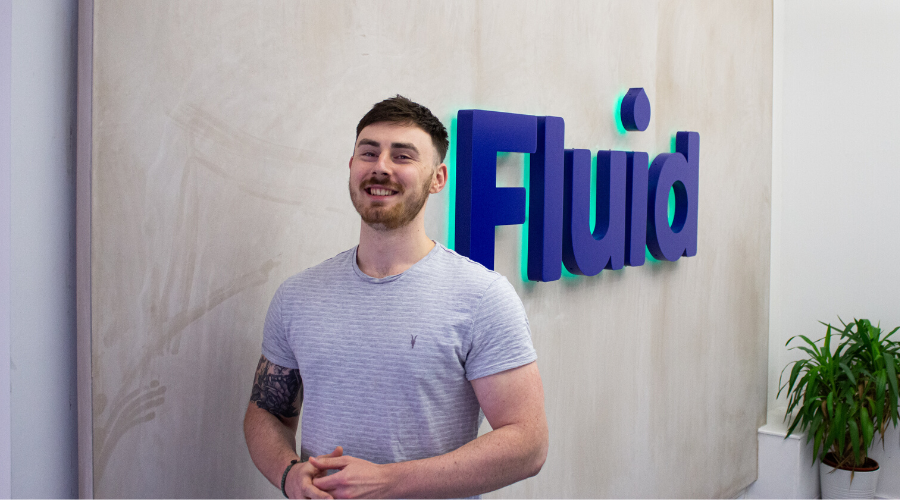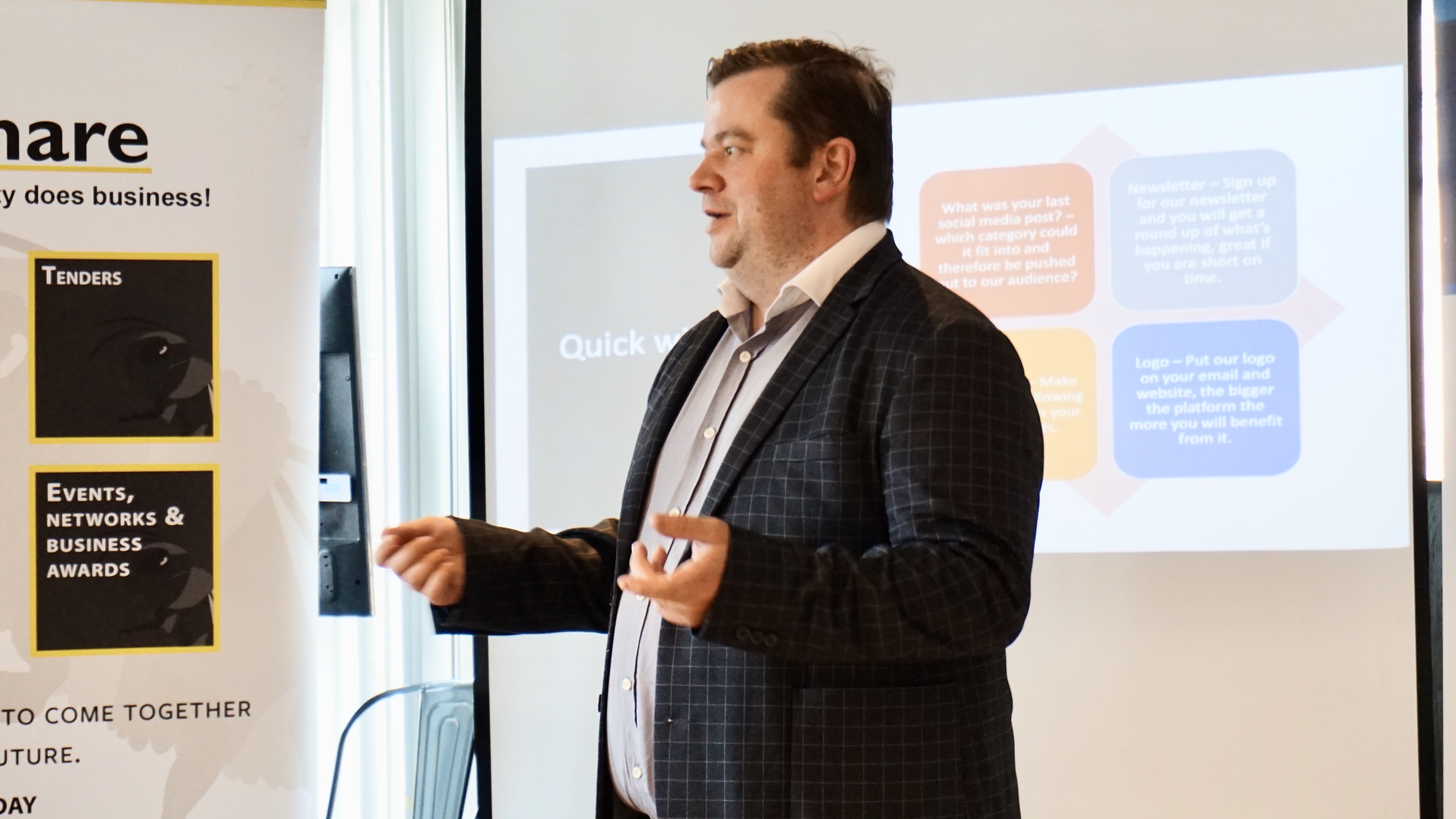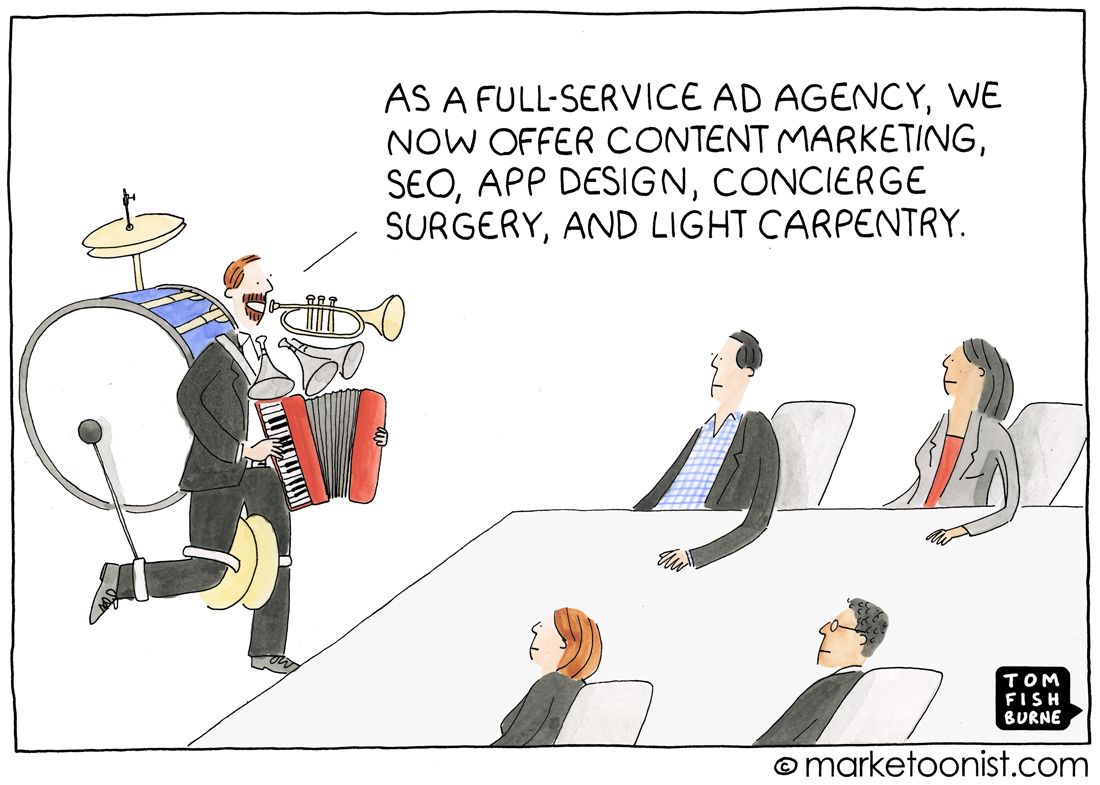
Your eyes open slowly.
You’re in a dim room, lit only by a hanging lightbulb above your head. There’s a metallic taste in your mouth. You blink a few times to regain your vision, and realise your hands are bound.
A dark, shadowy figure sits behind a desk.
“Who are you?” you manage to say, your throat dry.
A shake of the head, and the figure reaches forward, switching on a lamp. Their face is illuminated. You gasp.
It’s your client!
“I know everything,” they say coldly.
Your heart beats faster. “What do you mean?”
“I know… you’re a subcontractor.”
Your stomach flips. No. This can’t be. How did they find out? You used the fake email account. Everyone’s referred to you as their colleague. You did everything right. You’re even on the company website as “Lead Developer”. Did you mess up? Say the wrong company name on the phone? No, you were careful. It can’t be!
“I don’t -”
“I know the truth!” they say, louder.
“Maybe you should speak to my colleague -”
They bang their fists on the table.
“Tell me who you work for!”
So, who do you work for?
A common practice in “full service” agencies is to advertise a wide array of digital services, outsourcing some of these to external contractors, while still claiming that all of their work is done in-house by permanent staff.
This comes from the belief that the client a) wants one agency to do everything for them, rather than working with multiple partners and b) wants everything to be done in-house at that agency.
Revealing that the latter isn’t true is just seen as too big a risk to many agencies. If they work with someone else for their copywriting, or their PPC, or their graphic design, what if the client likes them better and moves away?
“Hi, I’m Tom from [insert name of company I don’t work for]”
I’ve seen this in many forms, at all levels, over the years, from speaking to agency owners to working as a Junior Developer.
Having to call up a client of your client and pretend that you’re actually calling from their provider (your client), because they don’t know that their provider is actually subcontracting the work to you.
Having to email your client’s client from a fake email address, signing off as an in-house “Senior Web Developer” when “Junior Web Developer at Outsourced Agency” is more accurate.
When your client calls in their client for a meeting, and needs some technical expertise present. So you end up sitting in, meeting people in person, and while not actually giving any outright false information in the meeting, lying by omission and misdirection.
Because you know this person thinks you are a colleague of the 3 others in the room, when in fact you don’t know any of them.
Say yes now, find a solution later
Full service agencies simply hate to admit that they don’t provide a service, to lose out on business, and therefore say yes to any client request. Logo design and branding? Yes. Animation? Yes. Copywriting? Yes. Press releases? Of course we can help.
We do everything.
Just say yes and find a solution later.
Why is this bad?
Subcontracting is not inherently bad. Neither is saying yes to new business, even if it’s outside of your current expertise. Neither is marketing yourself as knowledgeable, capable and willing.
What is important, though, is how you share this with the client.
It’s bad to subcontract while pretending you’re not. It’s bad to take on work where you have zero experience, farm it all out to someone else, while taking a big cut of the fee. It’s bad to explicitly say you have in-house experience in something when you don’t.
Talk about risky
Aside from just being dishonest, the amount of risk this holds is way more than you should be comfortable with as an agency owner.
I can’t tell you the amount of times those projects I worked on were completely derailed by external contractors who went AWOL mid-way through, or suddenly went down to only having an hour available per week, or who, turned out, simply couldn’t do what they said they could.
When this happens, since there’s no in-house expertise, you’re left with a team wholly unqualified to deliver on the client’s expectations. Oh, and the project is delayed by this point so we need a new solution ASAP.
How would you even begin to communicate this with the client, since they think the resource is in-house?

You can think of all sorts of justifications for why this way of working is somehow better for the client, but in reality, the motivation behind this way of working is always either greed (never saying no to a potential invoice) or fear (the risk the client will move away if you say no).
Neither of which are particularly good motivators to take on work, or just in life generally.
What if we just told the client the truth?
When Harry and I met, we were both similarly uncomfortable with this way of working. Besides from not being comfortable lying, it just led to poor outcomes time and time again and put undue stress and unreasonable expectations on the in-house team (us, at the time).
While this wasn’t the only reason we decided to start Huddle, being able to decide for ourselves how we worked with clients was a huge part of the decision.
So the first project we pitched for as Huddle, we decided to be completely transparent about the subcontractors we would use.
We made no illusions about the fact that they did not work for us in-house, they were freelancers who worked for themselves, who were keen to work on this project with us.
We were nervous. Would we still win the project? Were we being naive?
Doubt crept in and for the days and nights that followed we waited with baited breath.
“We know everybody does it”
I remember the exact moment I found out that we’d won the project. I was in a beer garden, with a friend, and I got the phone call. Immediately afterwards, I called Harry and shared the news. We’d done it. We could hand our notice in. We could start the company. We had a paying client!
The client told us three main reasons that we won the contract. I couldn’t believe it when one of them was the level of transparency we gave in our proposal. How we were clear that we were a very small team, drawing upon the experience of other professionals in order to deliver the best outcome possible.
They specifically said, “We know everybody does it, and it was so refreshing that you were honest about it.”
We didn’t win in spite of this transparency, we won because of it. We were right! We were justified. People wanted this kind of service. It felt amazing.
This is still happening
As we grew Huddle and started meeting more and more agency owners, we found that, of course, we weren’t the first people to do this.
Many more agencies followed this transparent approach. In our experience, it’s usually the ones that are run by people who would also consider themselves practitioners – designers or developers like Harry and I.
My theory is that those who appreciate the craft have too much respect for the work to treat it as something that can just be farmed out without affecting delivery or quality.
However, this is still happening.
I know this because of the number of prospective clients that ask me, cautiously, whether we use contractors or an in-house team.
I know because of how surprised clients are when I proudly respond that we do use external contractors.
I know because of how often I need to explain the value and benefit of working this way.
Transparency today
We don’t have a need for a full time animator or illustrator or video producer or PPC specialist. We call in experts for each project we work on.
We support our network and help our industry grow as a result.
Many of the contractors we use are past colleagues from our time as developers, or people we have met at industry conferences, or referrals from people we trust.
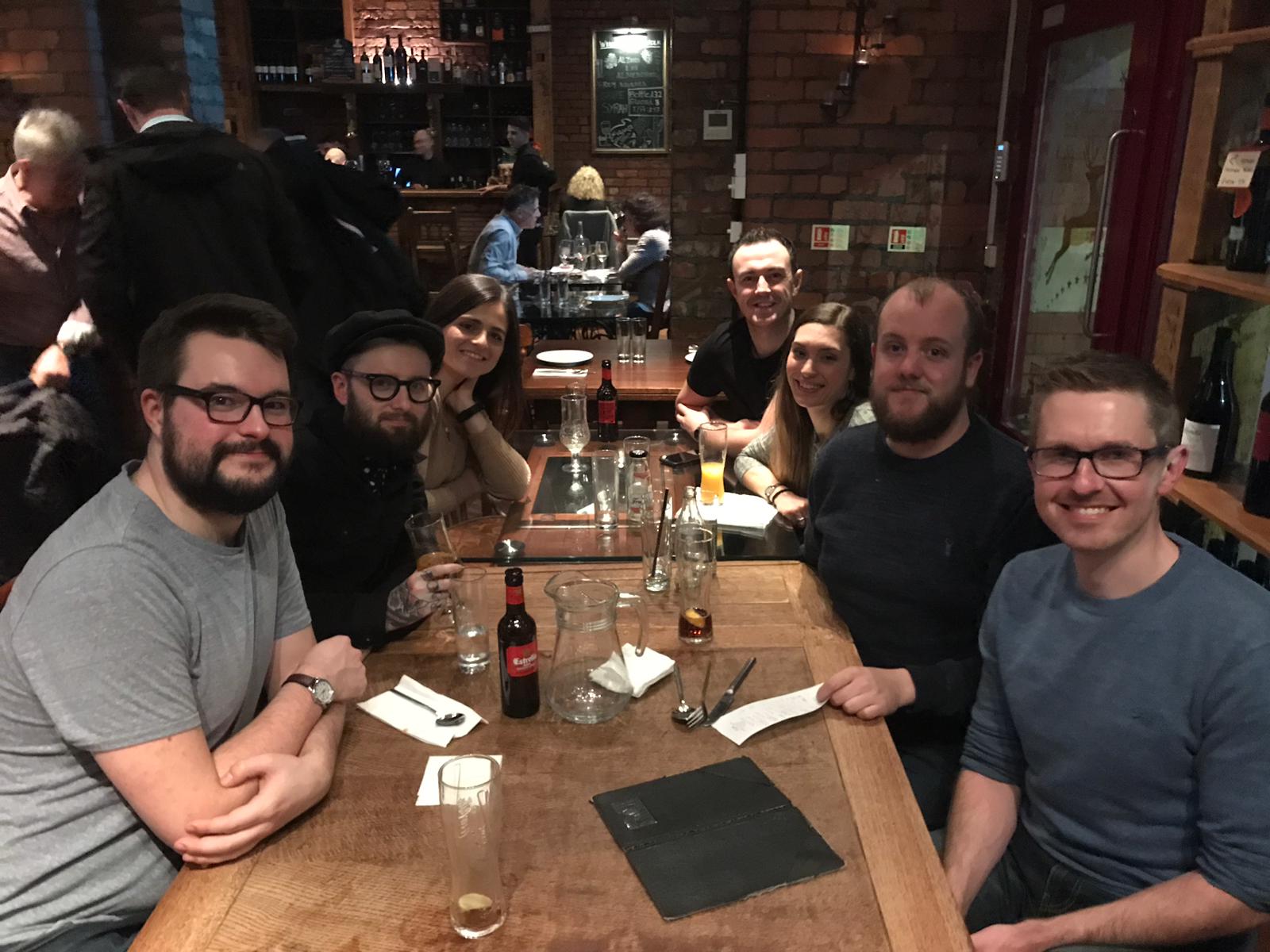 Huddle’s 2018 Christmas meal, featuring our four in-house staff and three regular contractors at the time.
Huddle’s 2018 Christmas meal, featuring our four in-house staff and three regular contractors at the time.
Our clients benefit from quality outcomes delivered by industry experts, not a broadly skilled in-house team who are spread too thin.
None of our clients have ever had an issue with this. And our first client mentioned above? We still work with them to this day, 6 years later.
So say yes first. Find a solution later. If you want to work with a client then this, in principle, is a great can-do attitude.
But there’s a way to do it honestly.
A way that truly delivers the best outcome.
Whereby the solution you find doesn’t only come from you.
Credit for main image to Marketoonist





